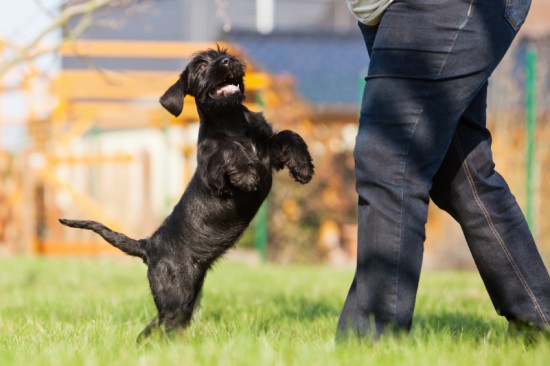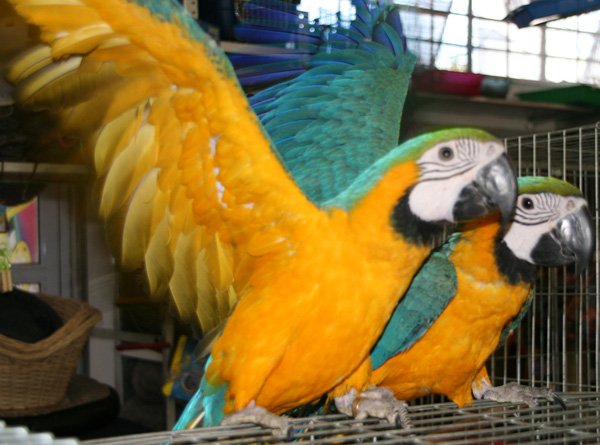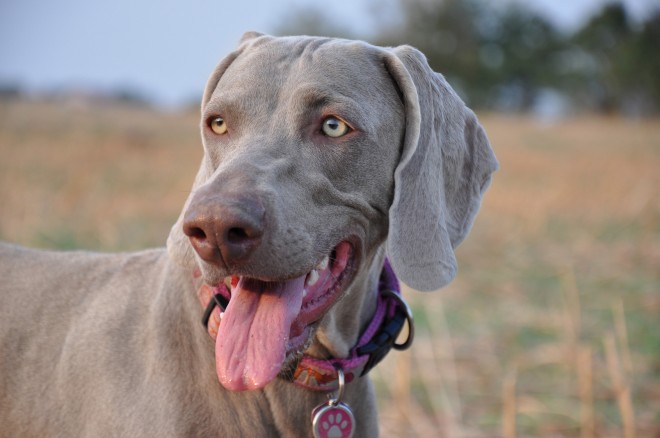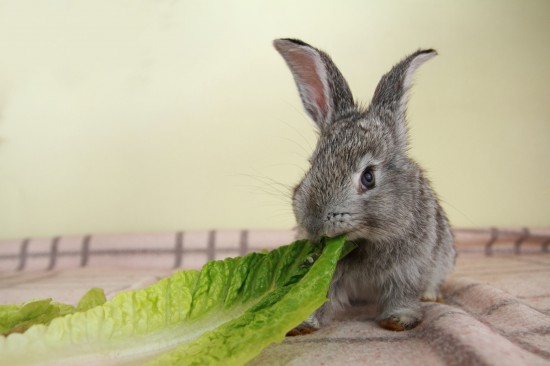
There are two theories about the origin of the Japanese Chin. The first is that this is a dog that was first developed from the Pekingese Dogs which were given as gifts to the Japanese Imperial Court by the Chinese and the second is that the breed came from a gift of dogs presented to the Japanese Courts by the Korean Imperial Palace. However it came to be, the Japanese are the people responsible for the present day appearance of this little lap dog. The Chin is quite similar to the Pekingese, especially in the facial structure. One can imagine a Pekingese without the extensive ruff and hair coat around the face and the similarities (at least in the head) are quite apparent. There is the same bracocyphalic facial structure and the same large eye and long fringes on the ear but there the resemblance ends for the Japanese Chin does not have the great long fringes of hair and huge ruff around the head which one finds on the Pekingese. The Chin has a much sparser coat on the body, is longer of leg and finer of bone that the Pekingese.
The Japanese Chin was introduced into England by Commodore Perry, who brought a pair to the court of Queen Victoria in 1853. By 1880 the breed was entered into the show circuits of Great Britain and has been a popular show dog and pet since that time. The American and European dog show fancy took a bit more time for acceptance and until the dog was admitted into the American Kennel club in 1977, the breed was called the Japanese Spaniel.
The Japanese Chin is always either black and white or red and white. The long silky coat is single and does have a mane on the neck and shoulders, which is slightly stand off in nature. The legs are fine of bone and have feathering only on the upper portions. This little dog should look both delicate and regal. The dog is accepted in two sizes, over 7 pounds or under, the rule being that the smaller, the better. The length of the body should be equal to the height at the withers.
The dog has a tendency to develop patella luxation, a condition of “slipping kneecap” which is often present in toy breeds. Because of the prominence of the large eyes, care should be taken that they are not scratched in play and the eyes should be inspected regularly, as with the pekingese breed. Other than these cautions, the little dog is essentially quite healthy.
The Japanese Chin is an active and playful little dog with a joy for life. When one has a group of them in the household they play incessantly and get along famously, a characteristic of this breed is that they are not dog aggressive nor aggressive to other creatures, being quite friendly and forgiving in nature. Many people have become devotees of the breed because it is such an adaptable house pet and requires little in the way of lavish attention, being content to occupy itself and being rather aloof in nature, more like a cat than a dog. This is a breed that does not make a good kennel dog in any respect however, for it still needs to be “lord of the household” and will not tolerate the conditions of isolation as a kennel dog.
Michael Russell
Your Independent guide to Dogs
Article Source: http://EzineArticles.com/?expert=Michael_Russell
 How To Stop Your Dog From Jumping Up At People
How To Stop Your
How To Stop Your Dog From Jumping Up At People
How To Stop Your
 Rabbit Hutches Made of Wood or Plastic – Which is better?
Rabbit Hutches Made of Wood or Plastic – Which is better?
Rabbit Hutches Made of Wood or Plastic – Which is better?
Rabbit Hutches Made of Wood or Plastic – Which is better?
 Get the quality pet care at veterinarian clinic in South Arlington
Get the quality pet care at veterinarian clinic in South A
Get the quality pet care at veterinarian clinic in South Arlington
Get the quality pet care at veterinarian clinic in South A
 Weimaraner Hereditary Health And Longevity
Weimaraner Heredi
Weimaraner Hereditary Health And Longevity
Weimaraner Heredi
 Top Tips On How To Feed A Pet Rabbit
Top Tips On How T
Top Tips On How To Feed A Pet Rabbit
Top Tips On How T
Copyright © 2005-2016 Pet Information All Rights Reserved
Contact us: www162date@outlook.com